Five years ago, Bristol was rescued from the brink of death by the Siddiqi family, led by a self-made inventor-entrepreneur named Kamal. Already presiding over Frazer-Nash Research, his company bought the assets of Bristol with a vision of reviving the celebrated marque, while providing an outward-facing example of the former’s technological expertise. Interestingly, they only became aware of the depth of the historical link between the two brands after the purchase.
Siddiqi’s three sons were given positions on the board of directors, and the family went about trawling through the various historical assets. From 50-year-old jars of parts and cars in various stages of completion, to archive documents and old computers, their passion and knowledge of the brand grew with every new discovery made. Eventually, while exploring the darkest corners of the Filton factory, they lifted a dustsheet (which was in fact an old Earls Court Motor Show banner) and were met by a rather puzzling sight.
An in-house barn-find
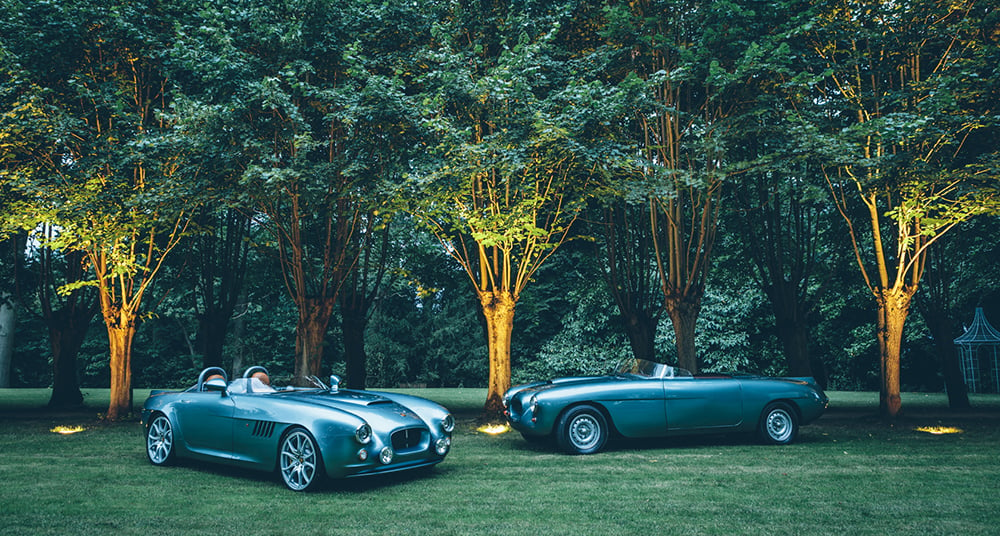

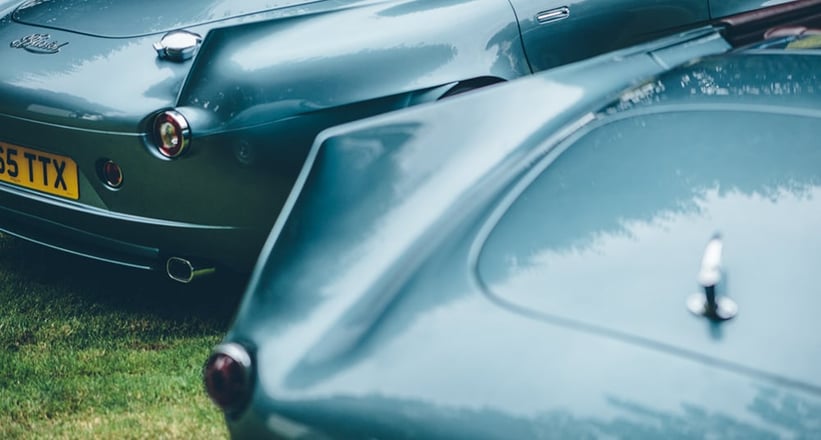
“It had Colorado license plates,” says Noamann Siddiqi. “The VIN plate said it was from 1966, but we found no such car in the records that year or thereafter. There was no documentation; no drawings. It was literally the ultimate barn-find… right there in our own factory.” Trying to solve the case of this mysterious mid-1960s speedster, which had design cues and engineering hardware from various models, they spoke to old-hand factory staff. “We had no idea what it was,” came the reply. “We just called it the Bullet.” Five years after the discovery – roughly a century after the Bristol Bullet biplane, and 50 years since the creation of the mysterious factory-find – a modern-day namesake has arrived in the form of the Bullet, the first new Bristol to emerge in a decade.
Family resemblance


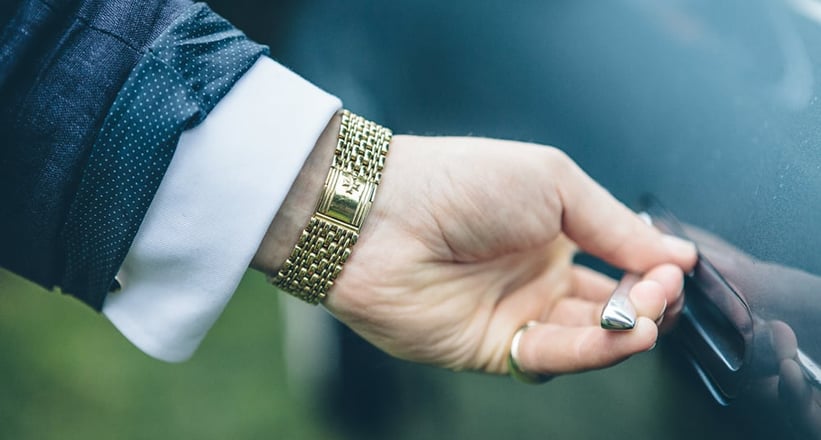
Lining up the distant relatives side-by-side, the resemblance is clear to see. The new car’s design was executed by an as-yet uncredited Italian design house, incorporating almost all the old car’s aviation-themed cues. Along with the main character lines, you’re instantly drawn to the gaping grille – which takes the shape of a Blenheim bomber engine cowl vent – and the tailfins, along with a host of other cues taken from the pre-1970s ‘glory days’. Marque aficionados might notice the shape of the company crest incorporated into the wheel design, but they’ll be disappointed to find out there’s no spare stored behind the front wing. “If we could have made it work, we would have,” say the engineers.
Aviation-themed touches
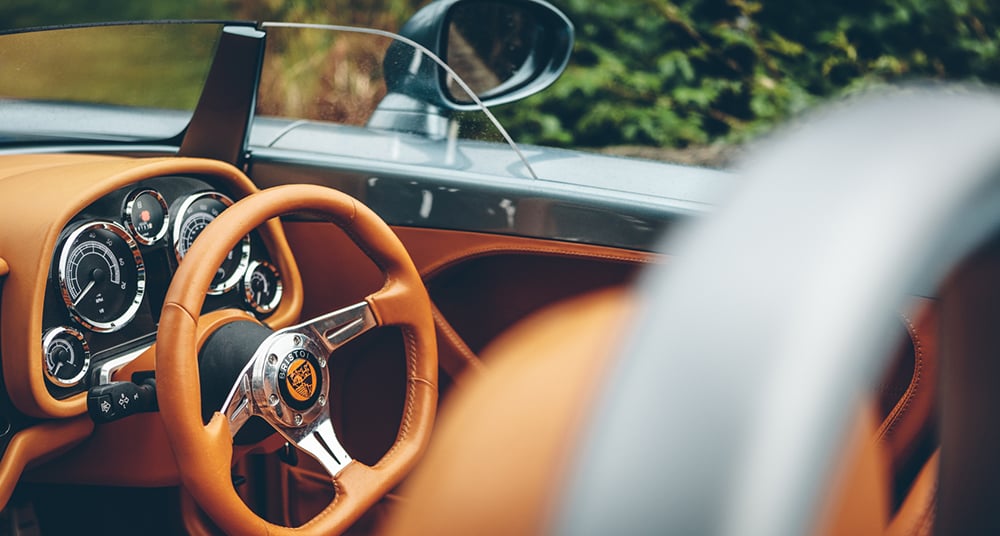
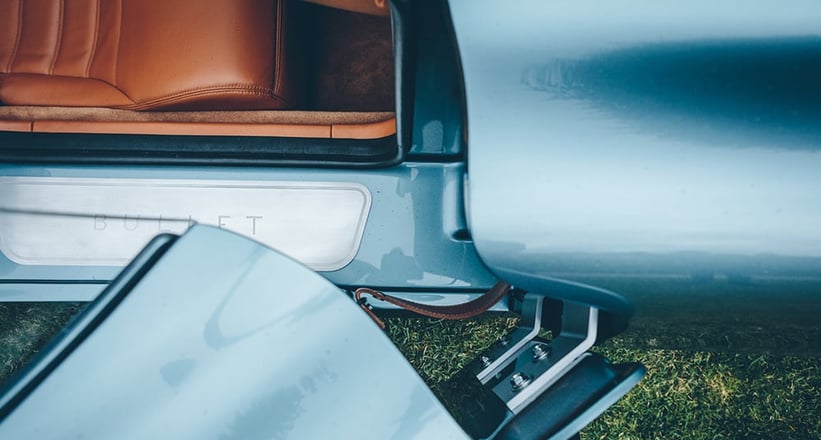
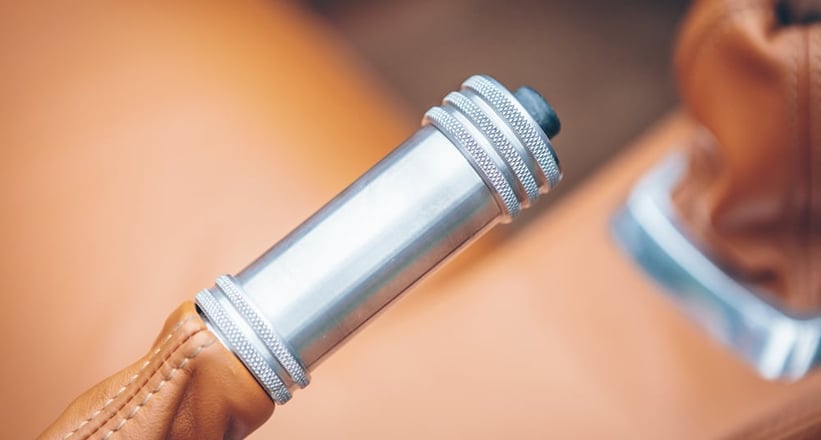
Further tributes to Bristol’s past can be found inside, including an ‘Engine Hours’ dial within the instrument binnacle that takes clear inspiration from the 404, one of the first cars to relocate the dials from the centre of the dashboard into the pilot’s line of sight, as had been the norm with its aircraft. The rest of the new car’s interior is refreshingly simple and unfussy, yet we’re promised the infotainment system will be cutting-edge, using technology gleaned during development of the next-generation London taxi by Metrocab, another company under the Siddiqis’ Kamcorp umbrella. There will even be a concierge function that puts you in direct contact with the firm’s famous Kensington showroom. Indeed, it seems the company is finally moving forward, albeit while retaining its traditionally quirky ‘Bristolisms’. Let’s face it, Bristol has never been known to conform. However, some of the stuffy old traditions have been laid to rest, as proven by the fact that not only were we, as media representatives, allowed near a brand-new Bristol, but also given exclusive access to the pre-production prototype.
Final V8 flourish
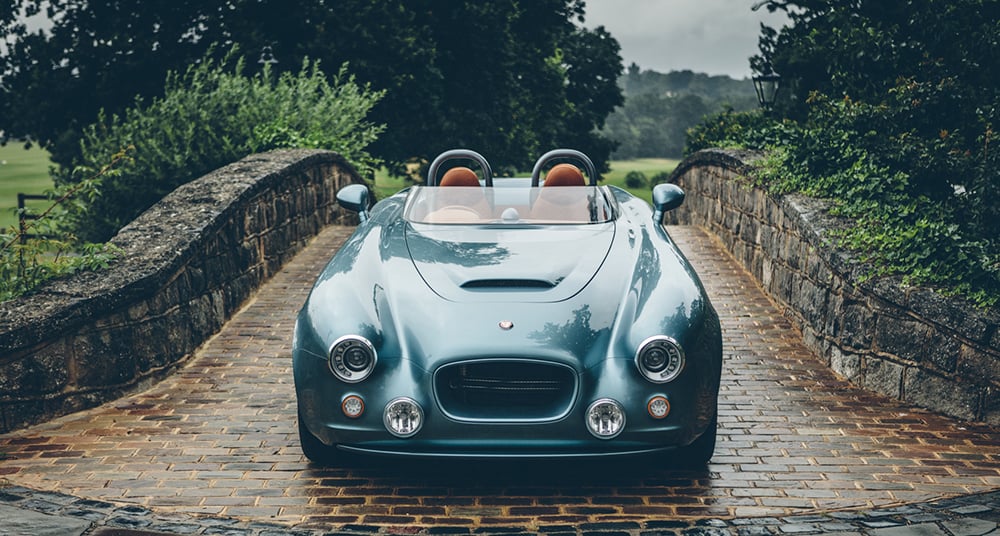
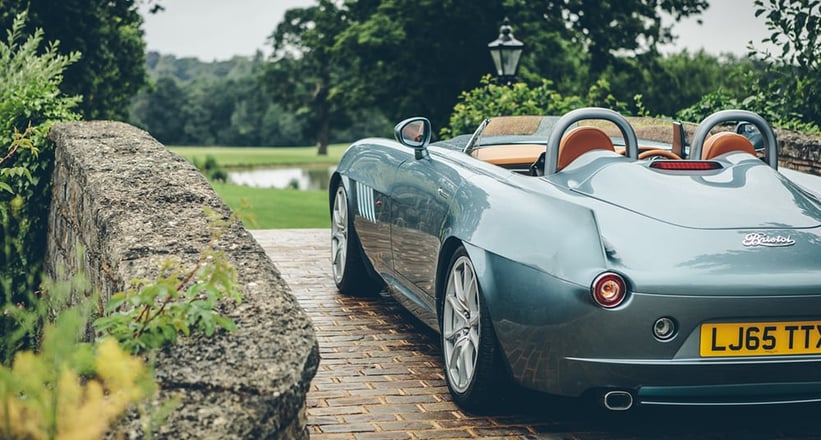
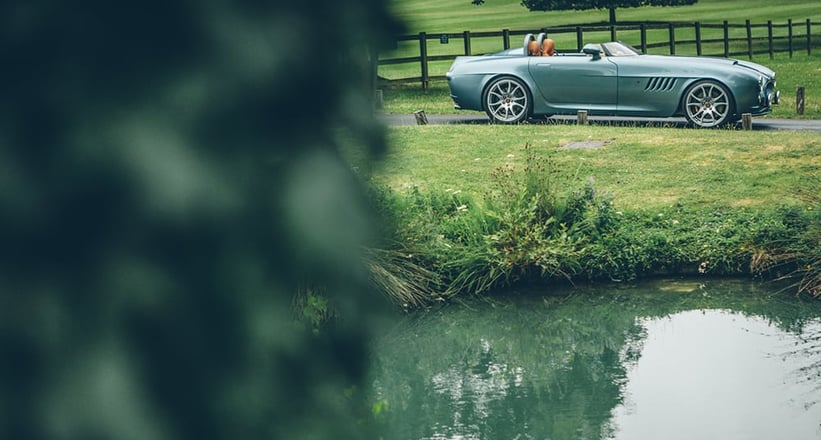
Before the ‘Bullet’ name was adopted, the speedster was known only as ‘Project Pinnacle’, and for good reason. It signifies the final flourish of a long, enjoyable era that has seen Bristols employ V8 power. Seventy last-of-the-breed speedsters will be built (to commemorate the car division’s 70th anniversary), before the company makes the switch to range-extender hybrids using technology from Frazer-Nash Research. While Bristol had used American V8s since the early 1960s, the new car uses a naturally aspirated 4.8-litre unit of German origin. In a nod to the company’s early years the engines are supplied by BMW, then tweaked by Bristol, at which point they’re given ‘Hercules’ designation and mated to a manual or automatic six-speed BMW gearbox. This honed running gear is then mounted within a 100% carbon-fibre body structure, which contributes to a total weight of just 1,130kg. The resulting performance is described by Noamann Siddiqi as “worthy of the Bristol name,” with an official 155mph top speed and 0-60mph time of 3.7 seconds quoted.
The Bullet without a recoil?
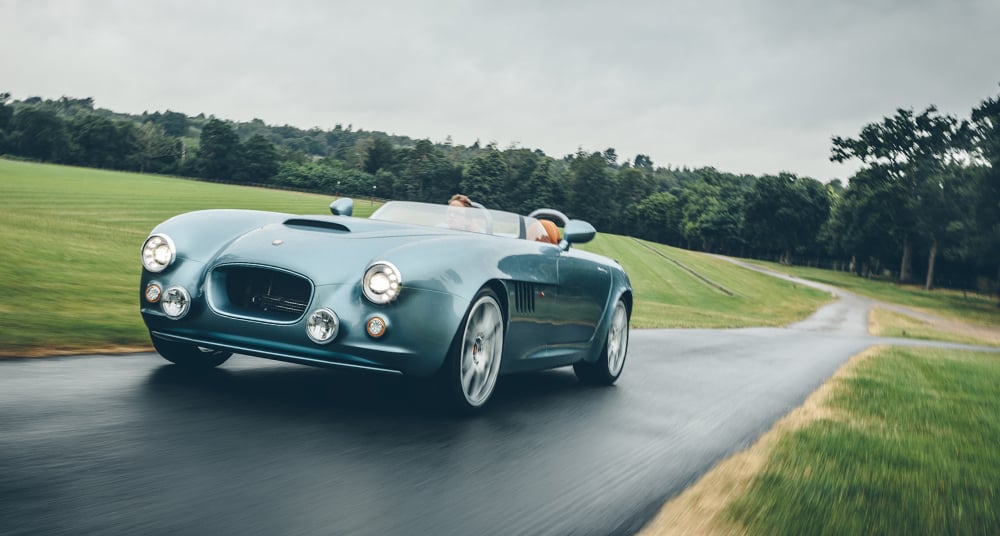
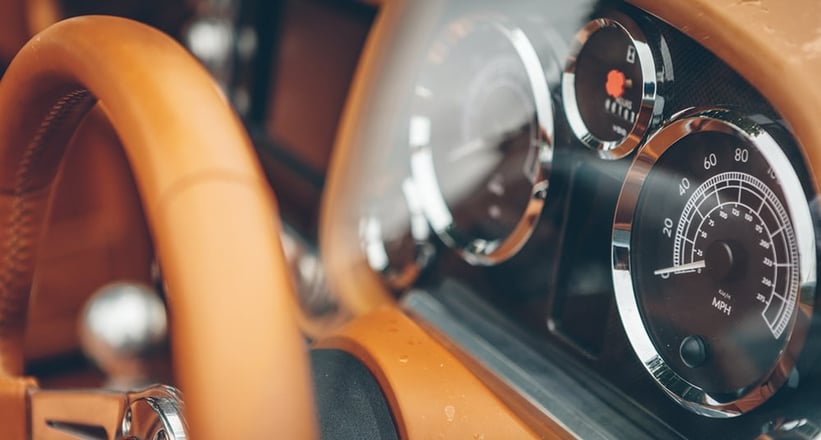
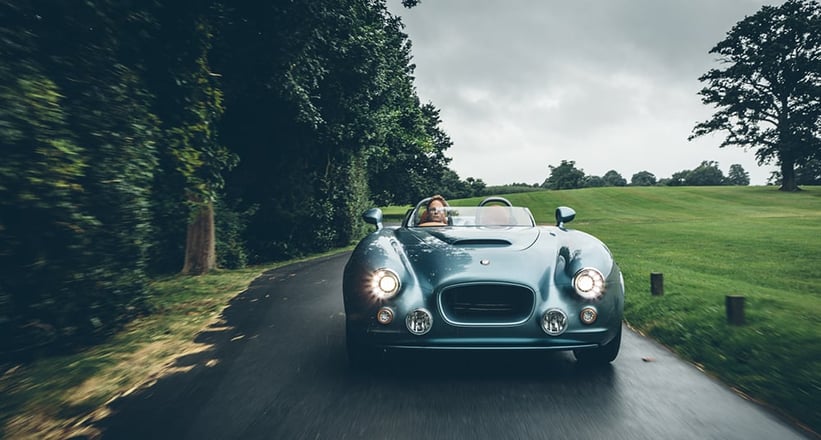
The Bullet’s surprising light-footedness is quite tangible even from the passenger seat which, given this car’s prototype status, was as far as our exclusive access allowed us. Outwardly, the design is largely representative of the production version in visual terms (bar the external fuel filler that regulations will require to be faired-in), but there are still some final tweaks to be made beneath the skin, both in terms of chassis engineering and formalities such as the damping of the doors and bootlid. Although production of customer cars will begin later this year with first deliveries commencing next January, it’s already clear that the basis of an engaging, entertaining car is there, given our secondary experience of the immediate response to control inputs afforded by its lightweight structure, not to mention the V8’s abundance of torque. Plus, we’re quietly told that the impressive power-to-weight benefits can make first, second and third gear ‘very interesting’, should you behave in a way that traditional Bristol owners might deem unseemly. In other unprecedented news, we now know how much a new Bristol costs: less than £250,000, which might come as a surprise if you’ve braced yourself for the stratospheric sums alluded to elsewhere in the motoring press.
A new era of sustainability
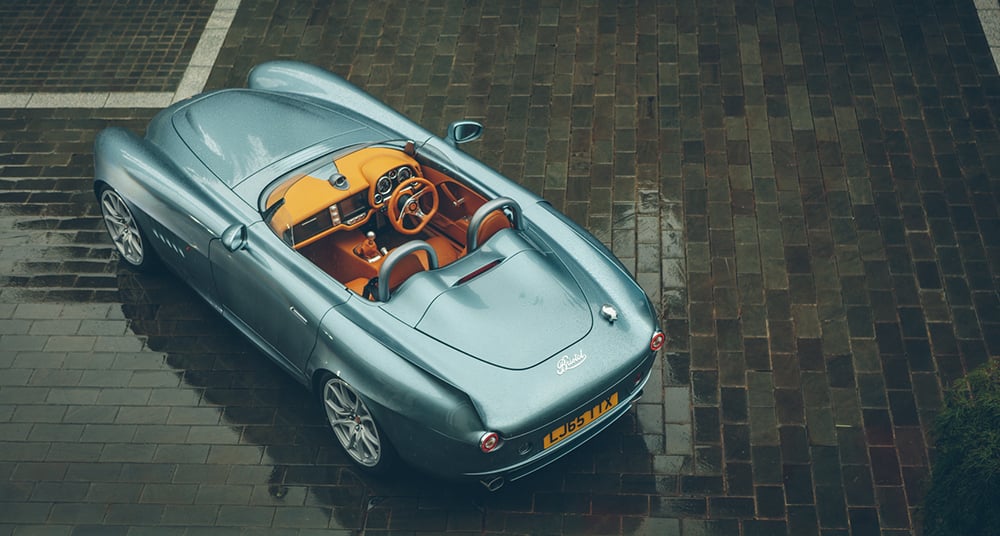

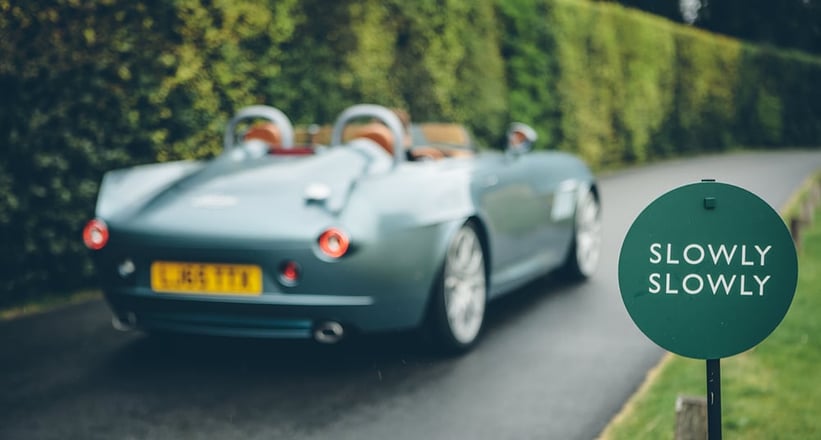
Those cute tailfins leave a slight air of sadness in their wake, as their physical departure represents the figurative end of a much-loved era of V8-toting Bristols. However, in this car we see another chapter of company lore being written, one of new ownership and a fresh approach that should ensure the long-term sustainability that could only have been dreamt about before. There’s finally a clear message that this storied marque is here to stay, quirks and all. And the fact that it has come in the form of an opinion-polarising, limited-edition speedster is most welcome. You never know, you might even be actually allowed into the showroom to buy one.
Photos: Alex Lawrence for Classic Driver © 2016




























































